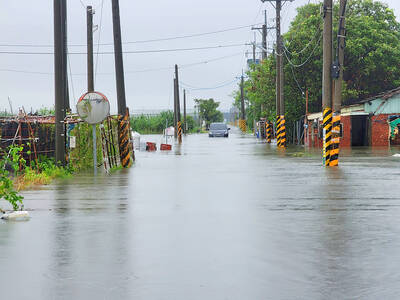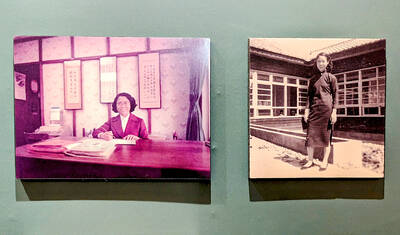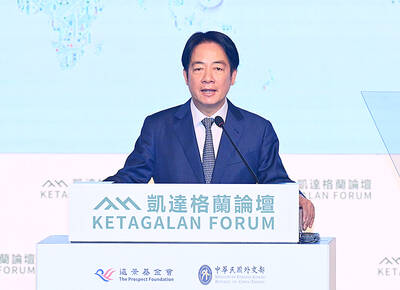The chance to watch Meryl Streep or Tommy Lee Jones is often all the encouragement the otherwise reluctant moviegoer needs to risk the kitsch pleasures of Mamma Mia! and the familiar genre beats of Men in Black 3. The new film Hope Springs holds out the delectable promise of watching them work on screen together for the first time, and in a story about a longtime marriage that’s gone dry. It’s a subject that’s as unusual in mainstream American cinema as the sight of major stars letting it all hang out on camera, wrinkles and possibly dignity included, though perhaps not for long, given the movie industry’s growing interest in the country’s aging population.
Hope Springs has modest charms to go with its well-matched and practiced pair of wily scene stealers, but the industry will have to do better if it wants to persuade boomers that there’s something for them at the local multiplex other than cartoons and cliches. As directed by David Frankel from a promising screenplay by Vanessa Taylor, the movie is an awkward cross between a domestic comedy and a marital tragedy that’s laced with laughs, soggy with tears and burdened by a booming, blunt soundtrack that amplifies every narrative beat, from I Don’t Want to Be Your Mother to Everybody Plays the Fool, Let’s Stay Together and It Ain’t Over ’Til It’s Over.
Frankel, whose direction in The Devil Wears Prada at least had energy, seems uneasy handling the mood swings in Hope Springs. When the story takes off, Kay and Arnold (Streep and Jones) are celebrating their 31st wedding anniversary at home in Omaha, over dinner with their grown children, a son, Brad (Ben Rappaport), and a daughter, Molly (Marin Ireland). From the outside, both Kay and Arnold’s home life and their jobs seem perfectly normal, if bordering on monotonous. Arnold’s name hangs outside his office at the accounting agency where he works and exchanges bathroom small talk with his colleague and apparently only friend, Vince (Brett Rice); Kay folds tops at the clothing shop where she makes small talk with her colleague and apparently only friend, Eileen (Jean Smart).
Once the children clear out, though, it’s clear that Kay and Arnold are living separate lives. Every night he falls asleep in his lounger while watching a golf show on TV, and they head off to separate bedrooms, and every morning she greets him with bacon, eggs and a smile he doesn’t return. To underline the point, Frankel stages the breakfast scene enough times that he must have made his way through several dozen fried eggs. It’s obvious, but made lightly funny because of Jones’s sleepy shuffle and also a bit painful because Streep lets you see the disappointment in Kay’s face when Arnold makes for the table and his newspaper. Something has to give, and does.
The something turns out to be Dr. Feld (Steve Carell, playing it straight), a therapist Kay discovers through a self-help book and who takes the story into places that Frankel doesn’t always seem comfortable going. With Dr. Feld’s gentle, insistent encouragement, Kay and Arnold turn the couch into a veritable stage on which they enact a familiar marital drama characterized by swapped accusations, confessed disappointments and exchanged hopes in long scenes that are engaging, if largely on a voyeuristic level, and so cinematically inert that you may find yourself counting the creases on Streep’s and Jones’s faces during the many close-ups. The creases are beautiful, and there’s certainly pleasure in watching them undulate across such malleable, movable masks.
Jones and Streep keep the therapy scenes lively, despite Frankel’s stolid direction, as he cuts between Dr. Feld, murmuring thoughtful, Oprah-eseque banalities from his chair, and Kay and Arnold, plopped side by side and sometimes squirming and mugging on the couch. Frankel has a tougher time once Kay and Arnold, who travel to Maine to work with Dr. Feld, retreat into their separate corners. Frankel can keep a scene alive when the performers are chattering or on the move, but once silence descends, he seems at a loss. There’s something about the quiet that sends him into a panic, and as he cranks up the tunes and throws in some Maine color, it’s almost as if he realized that his packaged uplift was a bad fit for that elusive American movie screen subject: an honest marriage.

Following the shock complete failure of all the recall votes against Chinese Nationalist Party (KMT) lawmakers on July 26, pan-blue supporters and the Chinese Communist Party (CCP) were giddy with victory. A notable exception was KMT Chairman Eric Chu (朱立倫), who knew better. At a press conference on July 29, he bowed deeply in gratitude to the voters and said the recalls were “not about which party won or lost, but were a great victory for the Taiwanese voters.” The entire recall process was a disaster for both the KMT and the Democratic Progressive Party (DPP). The only bright spot for

Water management is one of the most powerful forces shaping modern Taiwan’s landscapes and politics. Many of Taiwan’s township and county boundaries are defined by watersheds. The current course of the mighty Jhuoshuei River (濁水溪) was largely established by Japanese embankment building during the 1918-1923 period. Taoyuan is dotted with ponds constructed by settlers from China during the Qing period. Countless local civic actions have been driven by opposition to water projects. Last week something like 2,600mm of rain fell on southern Taiwan in seven days, peaking at over 2,800mm in Duona (多納) in Kaohsiung’s Maolin District (茂林), according to

Aug. 11 to Aug. 17 Those who never heard of architect Hsiu Tse-lan (修澤蘭) must have seen her work — on the reverse of the NT$100 bill is the Yangmingshan Zhongshan Hall (陽明山中山樓). Then-president Chiang Kai-shek (蔣介石) reportedly hand-picked her for the job and gave her just 13 months to complete it in time for the centennial of Republic of China founder Sun Yat-sen’s birth on Nov. 12, 1966. Another landmark project is Garden City (花園新城) in New Taipei City’s Sindian District (新店) — Taiwan’s first mountainside planned community, which Hsiu initiated in 1968. She was involved in every stage, from selecting

As last month dawned, the Democratic Progressive Party (DPP) was in a good position. The recall campaigns had strong momentum, polling showed many Chinese Nationalist Party (KMT) lawmakers at risk of recall and even the KMT was bracing for losing seats while facing a tsunami of voter fraud investigations. Polling pointed to some of the recalls being a lock for victory. Though in most districts the majority was against recalling their lawmaker, among voters “definitely” planning to vote, there were double-digit margins in favor of recall in at least five districts, with three districts near or above 20 percent in